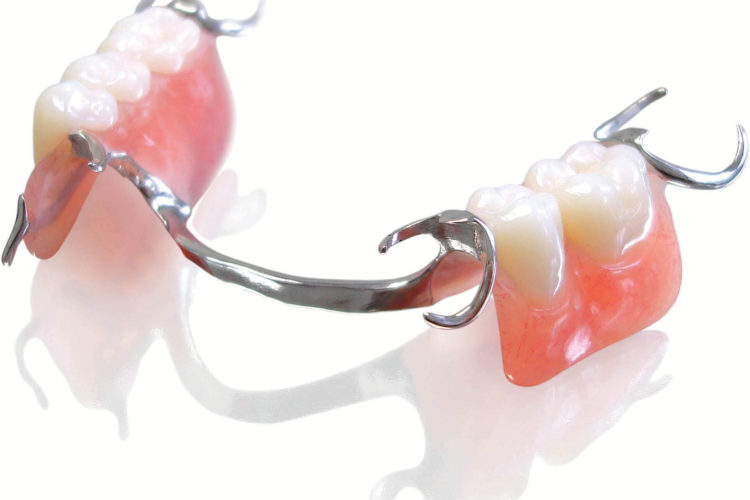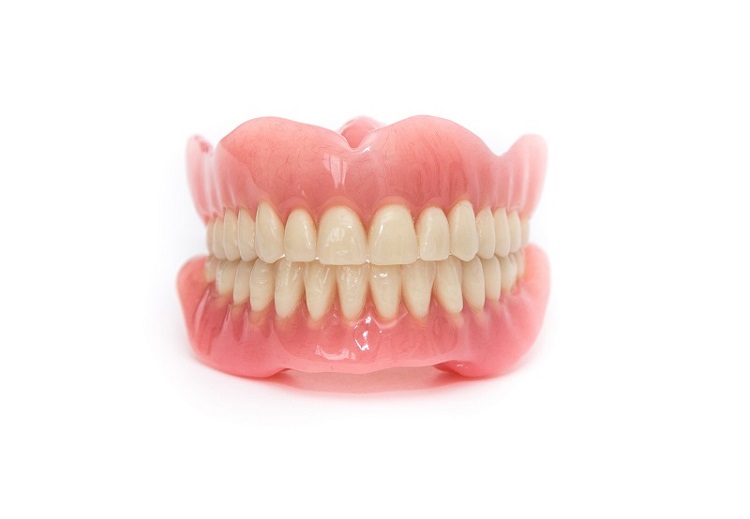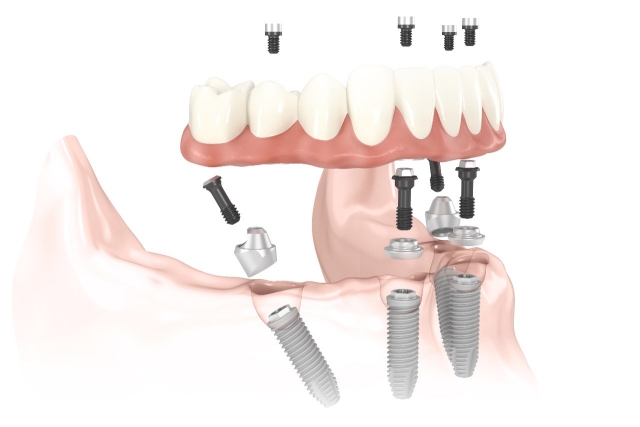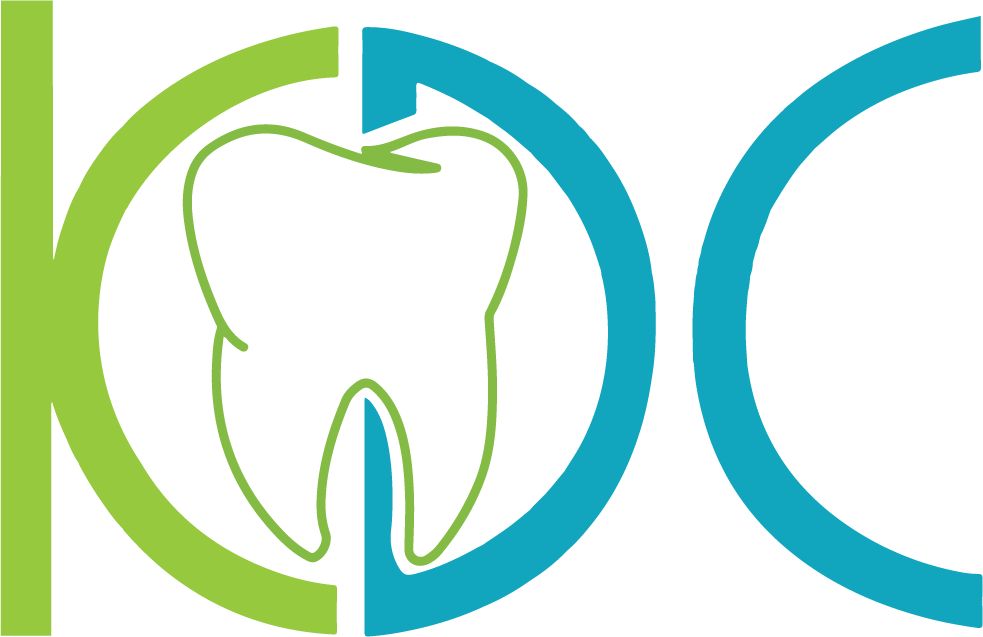Partial Dentures
For many years, partial dentures have been used to replace groups of teeth or a few teeth scattered across the lower or upper jaw. There are a variety of removable partial dentures available to patients and each one comes with its own set of benefits and disadvantages. All partial dentures attach to remaining teeth and have a gum-colored portion meant to blend into the existing gum, with prosthetic teeth to replace the missing teeth.


Full Dentures
Full dentures are similar to partial dentures in that they are prosthetic teeth and gums used to replace missing teeth. The main difference between full and partial dentures is that full dentures are a total replacement system for either upper or lower teeth and, in some cases, both.
Over-dentures
Overdentures are a newer alternative to dentures, combining traditional denture technology with modern advancements in dental implants.
By establishing two implanted attachments to the lower jaw, an overdenture is able to sit securely in place to instantly increase retention, stability, and comfort. This is especially important in lower-jaw full-denture situations where traditional dentures tend to have less adhesion due to a limited foundation and the tongue muscle dislodging the prosthetic teeth.
Another benefit of overdentures compared to traditional dentures is the limited amount of bone loss where the implants are placed, making the procedure more successful in the long run and helping to preserve facial structural integrity.
Overall, when considering full dentures for the lower jaw, an overdenture should be discussed with your dental professional as it can provide the most effective, satisfying, and longest-lasting alternative. Traditional full and partial denture options should be explored, weighing their benefits and pitfalls carefully to find the right dentures for your tooth loss.


